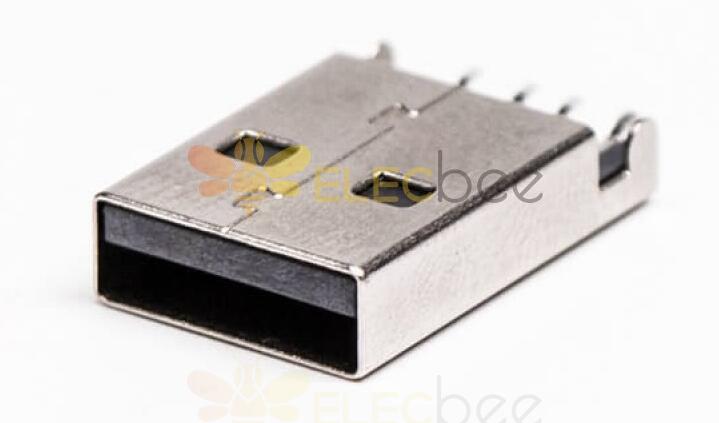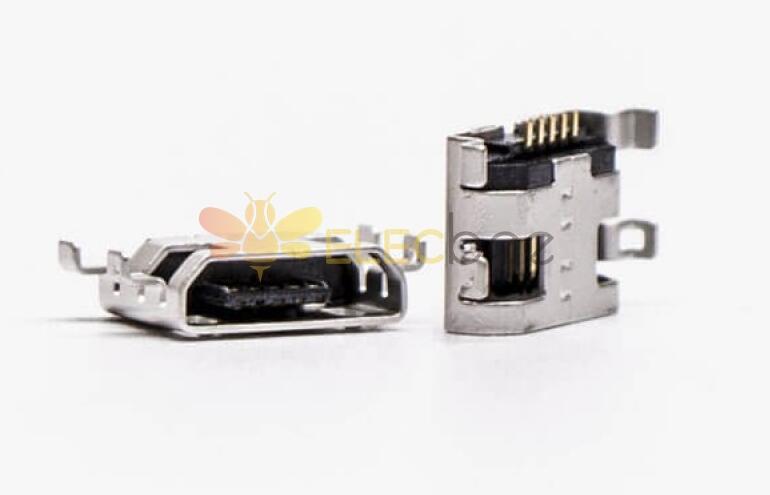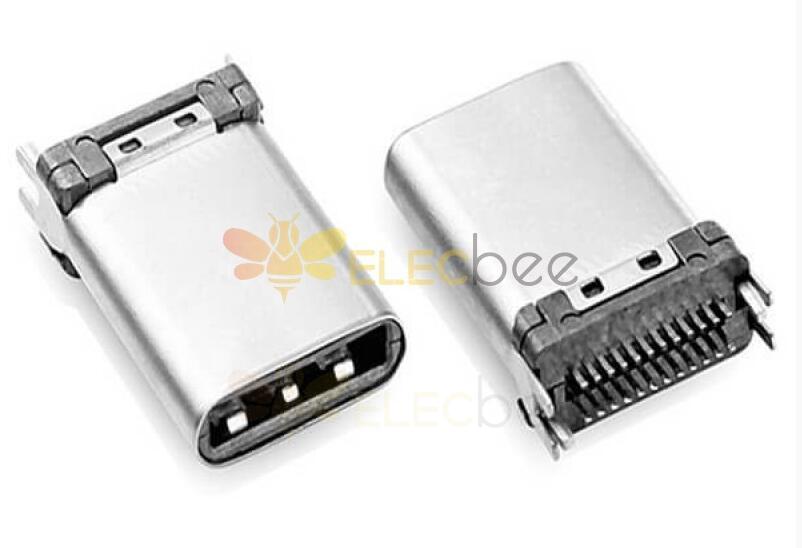USB-C、USB-B 和 USB-A 之间的差异在物理形式上最为明显,但差异其实要大得多。 USB-C 是一种更通用、更强大的标准,将成为未来几年的主要连接器。 然而,范围USB连接器会导致混淆。
USB 是电缆和连接器的行业标准。 与任何技术一样,它随着时间的推移而进步并经历了各种迭代,在速度和功率方面有了显着提高。 第一个版本于 1996 年发布,最近的速度升级 USB4 于 2019 年发布,但尚未广泛实施。 随着速度的提高,连接器的物理设计也随之提高,而最新的外形尺寸 USB-C 标志着对 USB-A 和 USB-B 的显着改进。
USB:基本
USB,或通用串行总线,是数字通信的协议和硬件标准。这意味着 USB 标准规定了电缆和连接器的实际形式以及通过它们的数据结构。原始标准于 1996 年发布 . USB 的主要用途由标题的概括性表示。
也就是说,它最初想要标准化计算机外围设备的通信和电源。这种普遍性直到最近才通过 USB-C 接近现实,但即使是最初的迭代也大大改进了早期的连接技术。
在 USB 出现之前,用户不得不使用一系列不同的、笨重的电缆和连接器,例如用于键盘和鼠标的并行、串行、VGA 和 PS/2 端口,众所周知,这些端口具有相同的外形尺寸,但在功能上不可互换。 与以前的连接相比,USB 的特殊优势在于它结合了数据和电源,在很大程度上避免了为外部设备单独供电的需要。这意味着您的菊花链显示器的无缝观看体验。USB 接口通常也不需要额外配置 数据速度、输入/输出地址和内存访问通道。
因此,USB 设备的互换性更强,也可以热插拔。这种灵活性继续推动 USB 标准及其当前 USB-C 模型的改进。
关于 USB-C、USB-B 和 USB-A 之间的区别,我需要了解什么?
USB 连接器有多种不同的形式和规格。最初,只有两种 USB 类型,USB-A 和 USB-B。
现在 USB-C 加入游戏并改变一切。

USB-A 是最常见的 USB 类型。 您家中可能有很多 USB-A 连接器,而且您对它的外观很熟悉。
只有一个,因为连接器不是旋转对称的,两端不同,对应不同类型的端口。
这就像 USB-A,它是非对称电缆两端的原始名称。 USB-A 和 USB-B 的不同形式有助于加强这些 USB 迭代的单向性。 数据流是双向的,但电源可能只从主机流向外设或接收端,因此电缆只能以一种方式连接。 此外,USB-A 和 USB-B 都有迷你版和微型版,这会造成混淆,因为用户需要各种不同的线缆来满足基本用例,并且可能会发现很难在第一时间插入设备。 或者第二个。
USB-C 简化了所有正在考虑的事情(我们将在后面更深入地解释)。 对于初学者来说,它是完全可逆的,因此无论您抓住哪一侧插入都是一样的。它的双向供电能力允许电力双向流动,允许设备相互充电并为更大的显示器供电。
此外,USB-C 具有更好的数据速率,可以驱动高分辨率显示器。 这对所有需要原始声音和图像制作的数字艺术家来说是一个福音。
或者任何寻求即插即用连接的人。 此外,生产力和工作流程保留也严重依赖于 USB-C 提供的足够屏幕空间。
除了工作之外,USB-C 显示器还提供高品质的家庭影院体验。 改进很多,我们生活在激动人心的时代,看看 USB-C 如何简化我们的生活和工作。
确保您已准备好充分利用它!








